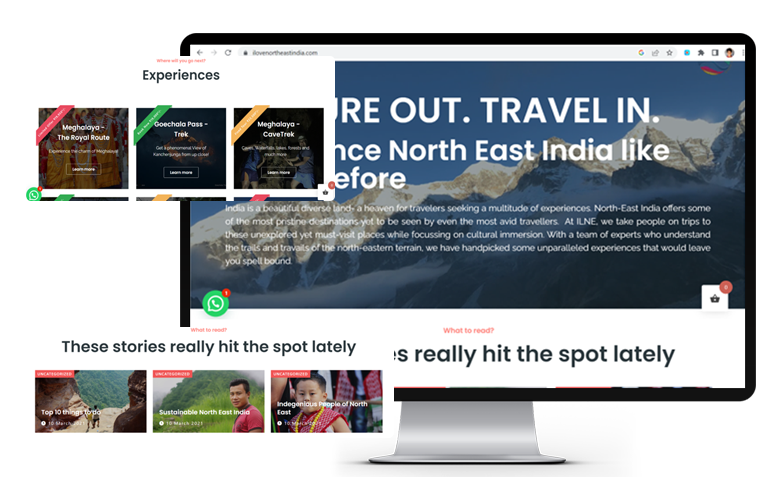
If you’ve ever had any exposure to the teachings of Sales 101, you’ll know that one of the foremost things required is an understanding of your audience. This is often carried out by the creation of a ‘customer profile’. A customer profile consists of the traits of your ideal customer. But not all of your audience will fit into one mold. A more individualistic approach is studying each member of your audience based on their specific qualities. Some of these qualities could be simple and straightforward like demographics – age, location, ethnicity, education etc.; while some are more complicated and are aimed towards understanding more intangible qualities like attitudes, values, notions, desires etc. The latter is what we call psychographic criteria.
Psychographic analysis is the qualitative methodology of studying consumers based on psychological characteristics and traits such as values, desires, goals and aspirations, interests, and lifestyle choices.
This might seem like a page from a psychologist’s handbook but more often than not, this type of analysis is used by marketers. With broad spectrum advertising, brands might feel like they’re shooting in the dark to an ocean of unknown faces and personalities. However, with an understanding of the consumer’s emotions and beliefs, brands are able to market with a more accurate aim at known droplets in the aforementioned ocean.
For example, say your presence on social media hints that you’re an avid fan of yoga. Not only will it be more fruitful for companies marketing yoga related goods or services to market to you but also, say a nutritional supplement selling company could mold their marketing to promote how the supplement helps with maybe flexibility and posture.
There are a few common ways that brands use psychographic analysis. These are –
1. Prioritization
One way of streamlining their process of marketing that brands apply is prioritizing their customer base. Out of the entirety of the target audience, there will be some who are more likely to purchase a product or service than others.
The psychographic analysis of a lead will help determine their status of likelihood to convert into a paying customer. By using your habits to understand the circumstances that have led you to seek out a brand, it is determined how likely you are to invest in the solution. This allows brands to not only differentiate between their customer base based on priority but also leverage the circumstances to their advantage while advertising.
2. Understanding what’s important to you
Getting a peek into your interests and choices basically gives brands a window into your thought process. This also helps them forge a map of how you take decisions. Which criteria are most important to you and which, the least.
For example, when buying a phone, some customers might focus entirely on cost effectiveness, others might have more leg room in the price area but would not be willing to compromise on the features; some might only search for brand value, others for practicality.
This allows brands to target their ads based on what’s most important to you.
3. Targeting emotions
Pulling at the heart strings of your customers can definitely lead to better conversions from the advertisements.
What might appeal to some might be indifferent for others. A psychographic analysis allows brands to get an insight into what will draw a customer’s emotions.
Psychographic data can reveal a great deal about your target market, allowing you to write emotionally powerful ads – negative or otherwise – that may improve your conversion rates considerably.
4. Buyers’ action process
There are multiple elements that go into a customer finally making a purchase. Starting from the pain points, to who or what factors influenced their decision, to how they discovered your brand to what (if any) resistance they faced while making a decision to ultimately taking the leap.
Psychographic analysis helps in getting a better understanding of all aspects of this process which allows brands to be a step ahead with their marketing strategies. For example, finding out what the major barriers were in the way of you completing the purchase can give brands an idea of how to market better so that the resistance from buyers is minimum or absent.
5. To increase open rates of emails
Brands use psychographic analysis to focus on email marketing as well. Targeted and relevant email campaigns increase the open rate of emails. Data can show which subject matter in emails is most likely to resonate with which customer based on their interests.
Brand use this to create inviting subject lines, tag lines and email content to maximize the conversion rates from email marketing.
Conclusion
A relatively complete profile of a person or group’s psychographic make-up is called a “psychographic profile”. Psychographic profiles are used in market segmentation as well as in advertising.
Getting a better understanding of the customer base’s psyche helps brands get an edge in targeting them with ads relevant to them.










